average rent
average occupancy rate
ytd sales volume
YoY rent change
yoy occupancy change
individual transactions
QUARTERLY DEMAND
YTD: 6,014
QUARTERLY COMPLETIONS
YTD: 5,898


Despite strong quarterly absorption in the Twin Cities, an annual imbalance between supply and demand led to a 0.7 percentage-point drop in market-wide occupancy, settling at 94.8% in the 3rd quarter of 2023—below the pre-COVID long-term average of 95.7%. This drop has disproportionately impacted Class A properties, which registered a 94.0% occupancy rate, as new supply has been abundant over the past five years. In contrast, Class B and Class C properties have maintained more robust occupancy levels at 95.1% and 95.0%, respectively. Occupancy rates have also varied at the submarket level, with Bloomington leading at 96.4%, while Downtown Minneapolis/University recorded the lowest rate at 92.5%.
In the Twin Cities, rent growth has been relatively modest when compared to other markets, averaging 1.7% pre-COVID and 1.9% thereafter. The annual growth in effective asking rents reached a modest 1.0% in the 3rd quarter of 2023, marking Minneapolis’ weakest performance since the Great Recession, apart from the rent cuts witnessed during the COVID lockdowns. When dissected by product class, Class B properties outperformed with a rent growth of 1.5%, followed by Class A and Class C units registering weaker increases at 0.8% and 0.3%, respectively. On a submarket level, the strongest annual rent change performances were recorded in Eden Prairie/Shakopee/Chaska and South St. Paul/Eagan, both of which experienced increases of 3% or greater.
| Submarket | Average Occupancy | Annual Occupancy Change | Average Monthly Rent | Annual Rent Change |
|---|---|---|---|---|
| Downtown Minneapolis/University | 92.5% | -0.8% | $1,741 | 0.3% |
| Uptown/St. Louis Park | 94.2% | -0.7% | $1,597 | 0.0% |
| North Minneapolis | 93.7% | -2.3% | $1,360 | -0.4% |
| South Minneapolis/Richfield | 95.6% | -0.5% | $1,683 | 1.2% |
| Bloomington | 96.4% | -0.2% | $1,549 | 2.6% |
| Eden Prairie/Shakopee/Chaska | 95.4% | 0.3% | $1,637 | 3.2% |
| Minnetonka | 95.4% | -1.1% | $1,586 | 0.0% |
| Plymouth/Maple Grove | 95.5% | -0.1% | $1,662 | 1.0% |
| Anoka County | 95.6% | -0.1% | $1,396 | 1.8% |
| Central St. Paul | 95.8% | 0.7% | $1,533 | 1.3% |
| West St. Paul | 93.5% | -2.0% | $1,347 | 0.6% |
| East St. Paul | 94.7% | -1.6% | $1,441 | 1.2% |
| South St. Paul/Eagan | 96.3% | -0.2% | $1,484 | 3.0% |
| Burnsville/Apple Valley | 95.5% | 0.3% | $1,513 | 1.0% |
| Minneapolis-St. Paul-Bloomington, MN-WI | 94.8% | -0.7% | $1,536 | 1.0% |
Units Under Construction
Units UC Delivering In the Next 4 Quarters
In the Minneapolis-St. Paul-Bloomington metro area, the transaction dollar volume for single-asset multifamily transactions reached approximately $431.1 million through the 3rd quarter of 2023, representing a substantial year-over-year decrease of about 65%. Concurrently, the number of transactions fell by 32 over the past year, resulting in 32 conventional apartment properties changing hands. On the pricing front, the average price per unit in the metro area was around $184,000, marking a 10% annual decline. While this average price per unit surpassed the Midwest regional norm of $159,400, it remained below the U.S. average of $219,700.
*Most Active Buyers and Sellers are based on the sale volume of apartment units.
* Trailing 4Q average PPU
* Preliminary Data from RCA – Individual transaction $2.5M +
As of August 2023, Minneapolis demonstrates a dynamic employment landscape characterized by considerable growth in certain sectors and contractions in others. The Leisure and Hospitality sector led the way, adding 15,200 jobs, marking an impressive 8.1% year-over-year growth. Similarly, Education and Health Services also saw significant expansion, contributing 14,500 jobs, a 4.2% increase. Government roles expanded as well, with 6,300 new positions, constituting a 2.8% growth. On the flip side, sectors such as Financial Activities and Professional and Business Services recorded contractions of -2.3% and -1.2%, respectively. Overall, Minneapolis added 35,400 jobs annually, achieving an employment growth rate of 1.8%. Notably, the unemployment rate stands at 3.2%, which is lower than the national average of 3.8%, suggesting a relatively healthy job market.
August Annual Jobs Created
August 2023 Employment growth
August 2023 Unemployment rate
3.8% us August rate
Change from August 2022 to August 2023:
15,200
Percent Change:
8.1%
Change from August 2022 to August 2023:
14,500
Percent Change:
4.2%
Change from August 2022 to August 2023:
6,300
Percent Change:
2.8%
Change from August 2022 to August 2023:
3,000
Percent Change:
0.9%
Change from August 2022 to August 2023:
1,800
Percent Change:
1.9%
| Sector | Change from Aug 2022 to Aug 2023 | Percent Change |
|---|---|---|
| Leisure and hospitality | 15,200 | 8.1% |
| Education and health services | 14,500 | 4.2% |
| Government | 6,300 | 2.8% |
| Trade, transportation, and utilities | 3,000 | 0.9% |
| Mining, logging, and construction | 1,800 | 1.9% |
| Other services | 1,600 | 2.2% |
| Manufacturing | 900 | 0.4% |
| Information | (700) | -2.3% |
| Financial activities | (3,400) | -2.3% |
| Professional and business services | (3,800) | -1.2% |
When it comes to the cost of living, Minneapolis offers a more budget-friendly lifestyle compared to Chicago. According to the “Cost of Living” index, Minneapolis scores 93.2 overall, indicating a less expensive standard of living relative to the national benchmark score of 100. A significant advantage is evident in housing, where Minneapolis is 21.0% less expensive than Chicago. Utilities are slightly higher, with a 3.9% increase, but this is offset by savings in other areas. Groceries are 8.8% cheaper, transportation costs are 12.5% lower, and healthcare expenses are 5.9% less in Minneapolis. The median home sales price stands at $323,000 with a negligible year-over-year change of -0.1%, making homeownership relatively stable. Whether you are renting or buying, Minneapolis presents an economical alternative without sacrificing quality of life.
93.2
$2,445
85.5
94.3
96.9
$323,000
The “Cost of Living” index score provides a comparative assessment of the relative expense involved in maintaining a standard of living in a specific area, benchmarked against a national index score of 100.
The Minneapolis-St. Paul-Bloomington apartment market shows promise, though incoming supply raises caution. About 10,500 of the 14,247 units in construction are due within a year, potentially impacting occupancy rates especially in urban areas. Economic recovery, marked by a 1.8% job growth as of August 2023, offsets some concern. Moderate rent growth is expected, hovering around 2% to 3% in the long term. While new supply may push occupancy rates below their 10-year average, it’s likely to stay just above current levels. Overall, the market outlook is cautiously optimistic.











